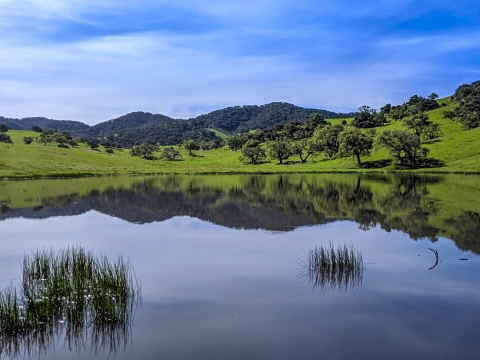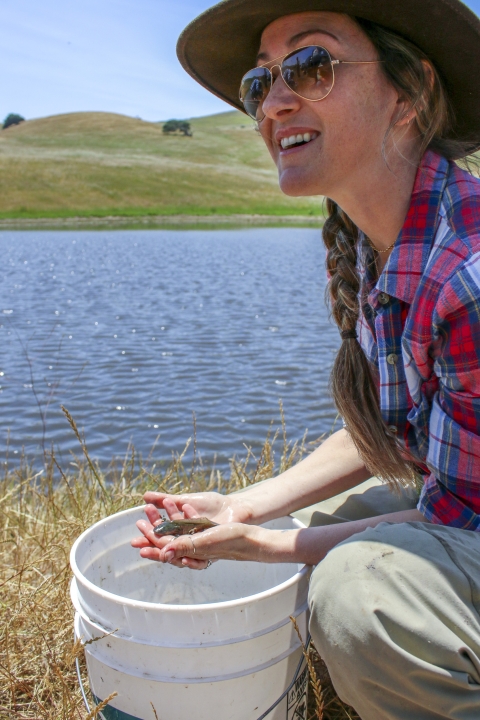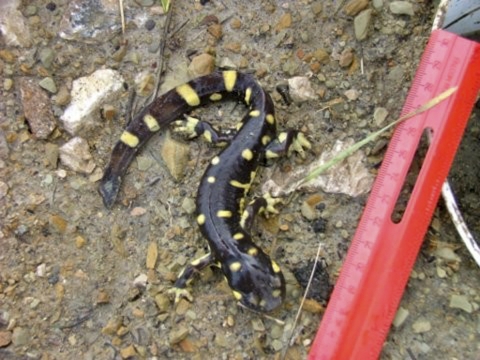By Steve Henry
The rolling hills of the Santa Barbara backcountry offer a pristine backdrop of undeveloped, contiguous lands that provide safe haven for wildlife and a way of life for generations of Californians. From orchards and vineyards to cattle ranches and preserved open spaces, these lands make Santa Barbara County one of the most picturesque and serene places on Earth.
Above ground, cattle lazily graze the hillside, while below ground, small yellow and black salamanders rest after mile-long treks to meet their mates in the vernal pools and stock ponds that dot the landscape after winter rains.
Family-run ranches and neighboring open spaces serve a vital role for the local economy, and their preservation is vital for the survival of the native wildlife that find respite on their lands, from the majestic bald eagle to the enigmatic California tiger salamander. The pressures of a growing human population and development continue to threaten this way of life.
The U.S. Fish and Wildlife Service is committed to “working with others to preserve fish, wildlife, plants, and their habitats, for the continuing benefit of the American people.” We can not achieve this mission alone, and, we recognize that conservation successes require partnerships with local communities to promote voluntary stewardship on non-federal lands.
In 2020, in partnership with the Santa Barbara Land Trust, we helped secure federal and state funding for a permanent conservation easement conservation easement
A conservation easement is a voluntary legal agreement between a landowner and a government agency or qualified conservation organization that restricts the type and amount of development that may take place on a property in the future. Conservation easements aim to protect habitat for birds, fish and other wildlife by limiting residential, industrial or commercial development. Contracts may prohibit alteration of the natural topography, conversion of native grassland to cropland, drainage of wetland and establishment of game farms. Easement land remains in private ownership.
Learn more about conservation easement on 644 acres of ranch land, protecting a multi-generational ranching legacy and the wildlife their ranch supports, in perpetuity. This partnership serves as a model as we embark on similar partnerships with other willing landowners across the county. These grant programs provide landowners with financial compensation that supports their livelihoods while preserving the open spaces wildlife need to thrive.
In recent years, we developed two conservation plans for cultivation activities to support growers and the communities they feed, while balancing the needs of rare wildlife in the area. These plans cover more than 100,000 acres and help make Endangered Species Act regulations less cumbersome for local farmers and landowners while ensuring their activities do not hinder the recovery of rare wildlife, based on the best available science about those species’ needs.
These conservation plans, along with federal funding programs, help restore trust with local communities while bringing endangered wildlife one step closer to removal from the Endangered Species list.
As we look ahead, we will continue to collaborate within the communities in which we serve to preserve a conservation legacy and way of life for future generations of Californians in Santa Barbara County.






